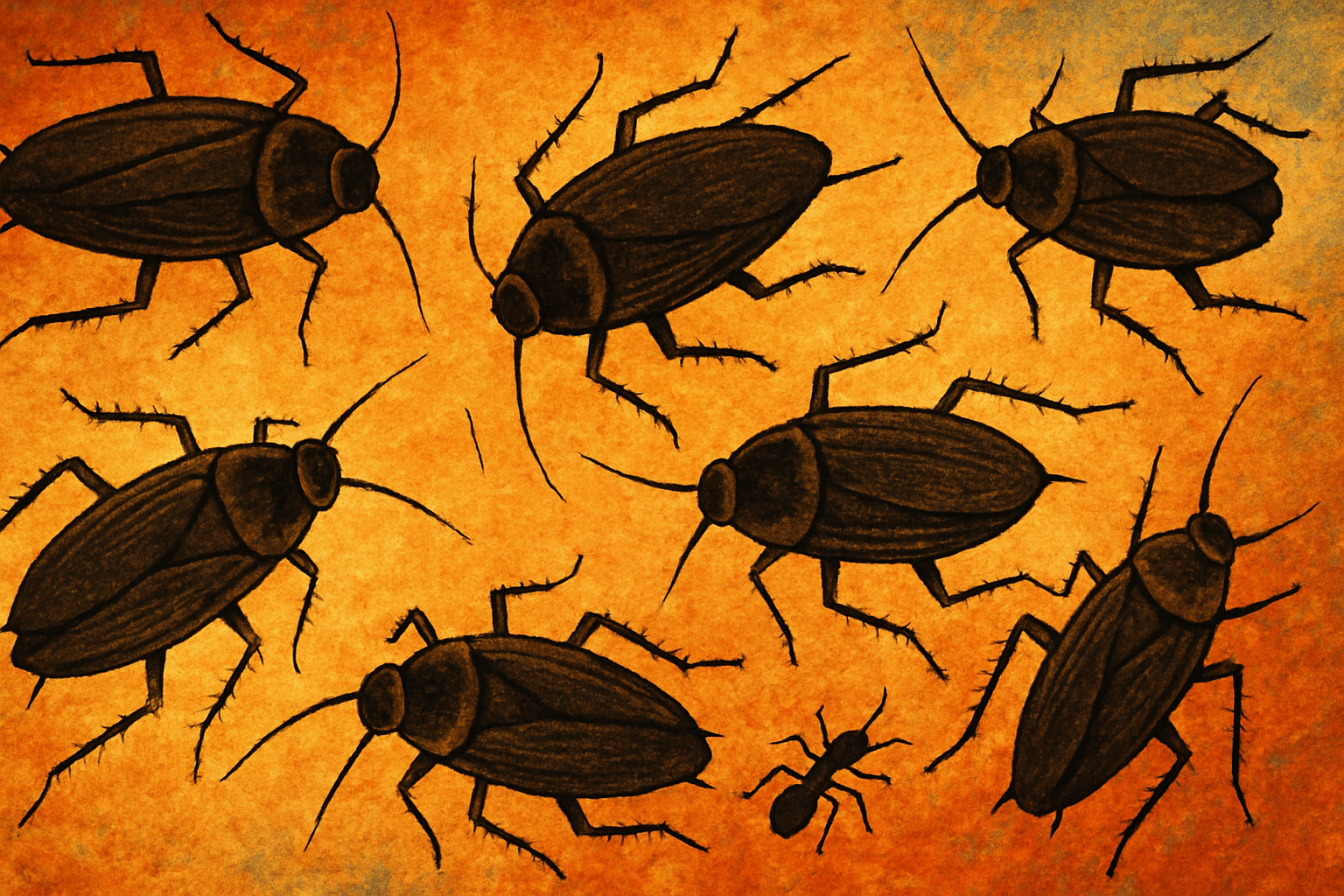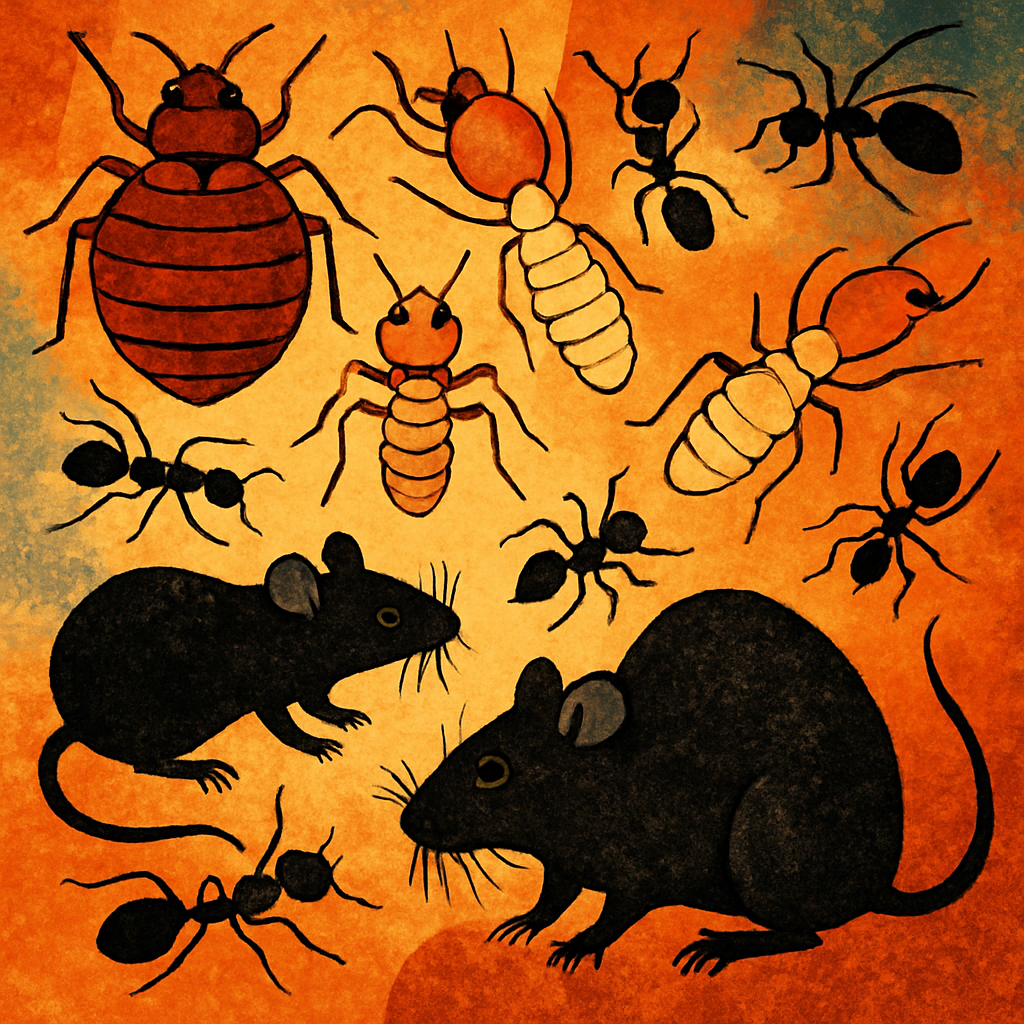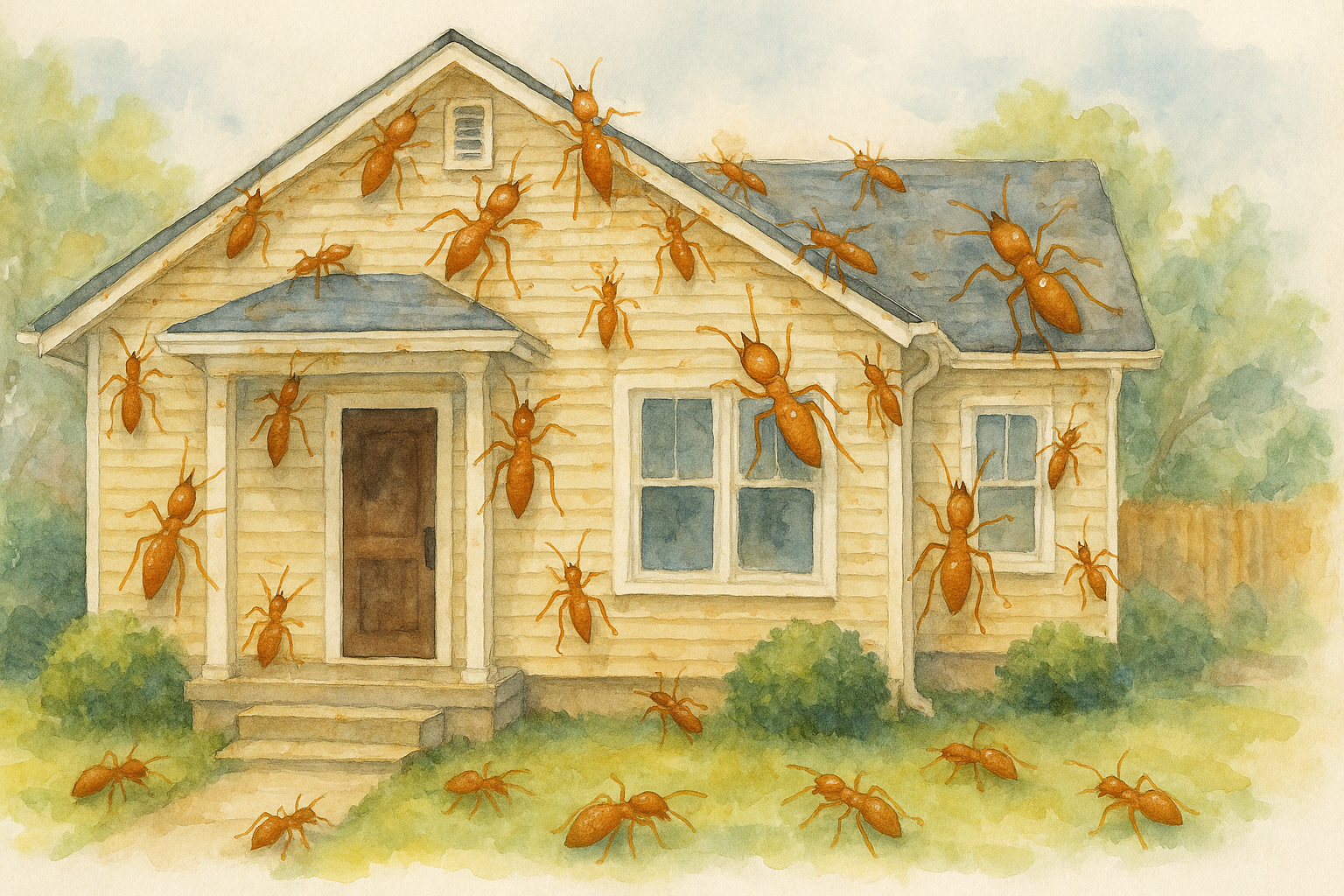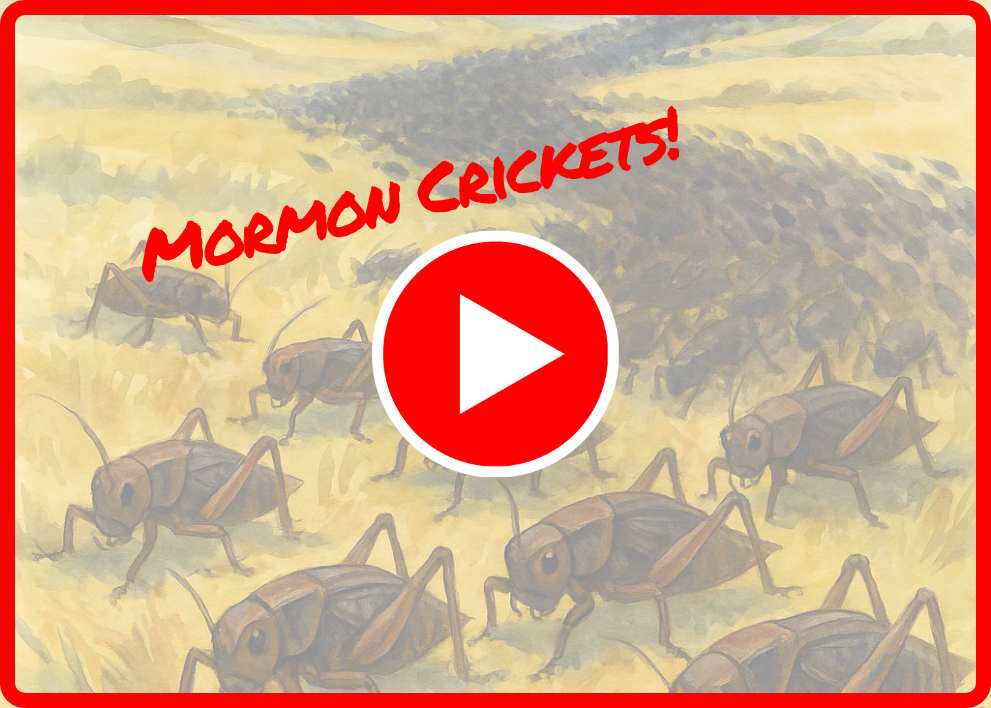In the underbrush of forests, the cracks of rocky outcrops, and even within the corners of quiet homes, a remarkable predator roams. This is the Wolf Spider, a member of the family Lycosidae, and unlike many of its web-spinning counterparts, it is a ground-dwelling hunter, renowned for its speed, agility, and keen eyesight. With its robust, hairy body and camouflaged colors, the Wolf Spider is a master of stealth and survival.
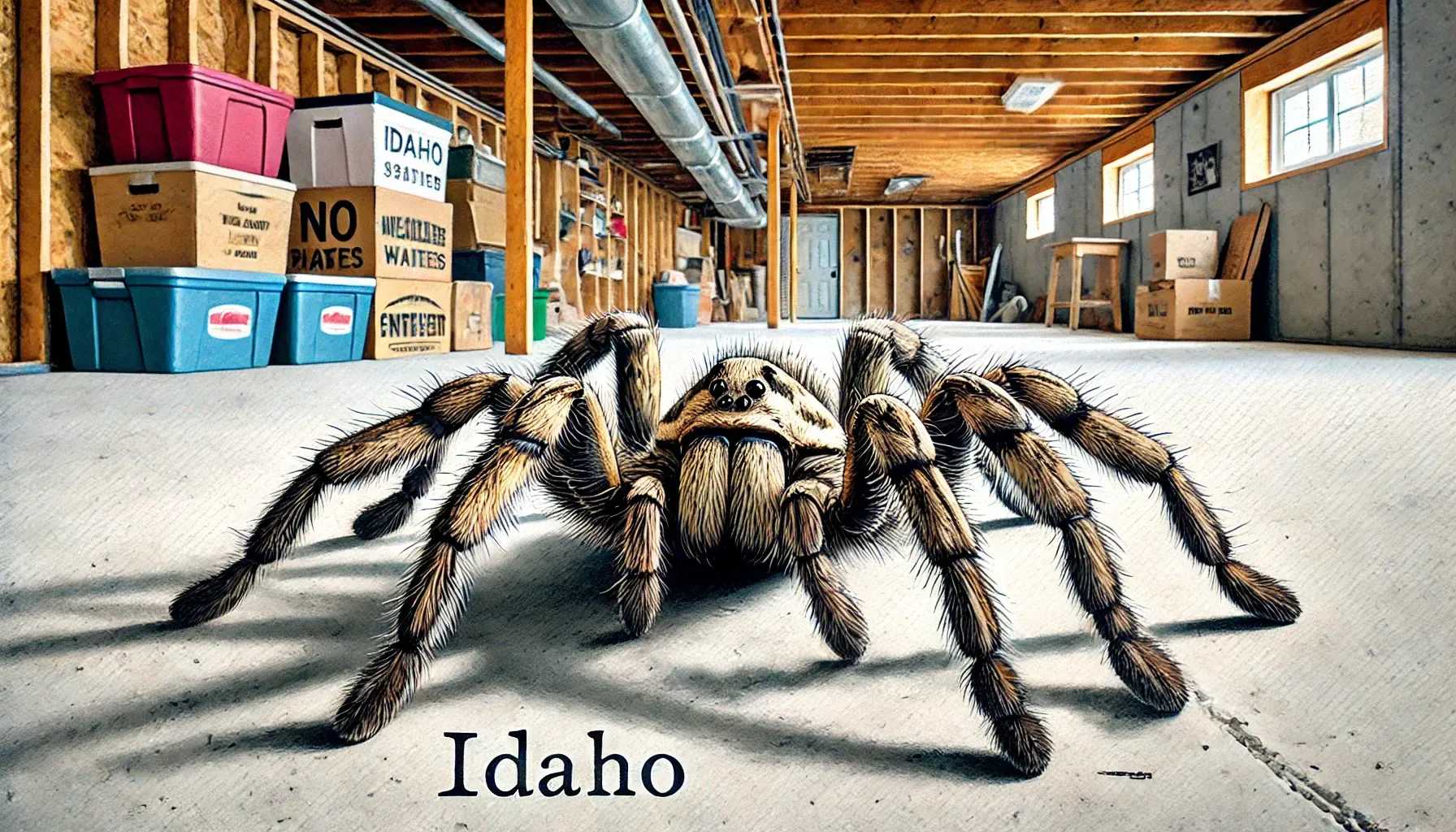
Characteristics and Behavior
The Wolf Spider is a medium to large-sized arachnid, often measuring between 10 to 35 millimeters in length, depending on the species. Its color palette ranges from browns and grays to blacks, perfectly suited to blending into its surroundings. Unlike many spiders that rely on webs to capture their prey, the Wolf Spider hunts down its victims, using its superior vision and agile legs to track, chase, and subdue.
The spider’s eight eyes are arranged in three rows, with two large forward-facing eyes giving it an almost eerie gaze. These eyes are not just for show—Wolf Spiders possess excellent night vision, an adaptation that allows them to hunt effectively under the cover of darkness. Their name, Lycosidae, is derived from the Greek word lykos, meaning “wolf,” reflecting their hunting prowess. Like wolves, these spiders stalk their prey, ambushing insects and other small invertebrates in a burst of speed before injecting venom to immobilize their meal.
Habitat and Distribution
Wolf Spiders are incredibly versatile, inhabiting a variety of ecosystems across the globe. From forests and grasslands to deserts and even urban environments, these spiders are adaptable and resilient. They do not build webs, preferring to live in burrows or natural crevices where they can hide during the day and emerge to hunt at night.
In residential areas, Wolf Spiders are often found in Idaho basements, garages, and sheds—places where insects are plentiful, and human activity is minimal. They prefer dry, undisturbed areas, making them occasional guests in homes, particularly as temperatures drop or after heavy rains when they seek shelter indoors.
Hunting Tactics
Unlike web-weaving spiders, Wolf Spiders are active hunters. Their remarkable speed allows them to pounce on prey with precision, often overpowering insects that are much faster than one would expect. When hunting, they use their keen eyesight to track movement, pouncing on insects and other small creatures, and subduing them with venom before consumption.
Interestingly, some species of Wolf Spiders will even burrow into the ground, constructing tunnels from which they ambush passing prey. These burrows are sometimes lined with silk to help stabilize the walls and create a retreat for the spider during the day. Wolf Spiders are also known to carry their egg sacs attached to their spinnerets, a behavior unique to this family. After the spiderlings hatch, the mother will carry her young on her back until they are ready to disperse.
Interaction with Humans
Despite their fearsome appearance, and unlike the Western Black Widow, Wolf Spiders are generally not dangerous to humans. While their bite can be painful, akin to a bee sting, it is not medically significant for most people. In fact, these spiders are beneficial to human environments, as they help control populations of insects and other pests.
However, their size and speed often elicit fear, leading to their removal from homes. While they rarely infest human dwellings in large numbers, encountering a Wolf Spider indoors can be an unsettling experience. In such cases, pest control services may be called upon to manage these wandering hunters, particularly if their numbers become a nuisance.
Controlling Wolf Spider Populations
Managing Wolf Spiders in and around homes requires a strategy that focuses on both prevention and removal. By reducing clutter, sealing cracks and gaps, and ensuring that outdoor areas are free of debris, homeowners can limit the spiders’ access to indoor spaces. Since Wolf Spiders are active hunters, they thrive in environments where insects are abundant, so managing other pests can naturally reduce their presence.
For those seeking to maintain harmony between these creatures and human spaces, professional pest control services offer a balanced approach. By using eco-friendly methods, such as natural deterrents and non-toxic treatments, professionals can help minimize encounters with Wolf Spiders while preserving their role in controlling other pests.
Life Cycle and Reproduction
The reproductive habits of Wolf Spiders are fascinating and highlight the high level of maternal care seen in this family. After mating, the female Wolf Spider lays her eggs in a silk sac, which she attaches to her spinnerets. Carrying this egg sac with her wherever she goes, she ensures the safety of her offspring even as she continues to hunt.
Once the eggs hatch, the spiderlings cling to their mother's back, where they remain for several weeks. During this time, the young spiders rely on their mother for protection until they are old enough to fend for themselves. Eventually, they disperse, beginning the cycle anew, each one destined to become a solitary hunter like its mother.
Conclusion
The Wolf Spider, with its striking appearance and impressive hunting skills, is a testament to nature’s adaptability and diversity. Though its swift movements and large size may cause alarm, it is a crucial player in the balance of ecosystems, controlling insect populations in both natural and urban environments. Through careful management and understanding, humans and Wolf Spiders can coexist, each benefiting from the other’s presence in the intricate web of life.
In the shadows of our world, this master hunter continues its silent patrol, ensuring that nature’s smaller creatures remain in check—a reminder of the delicate balance that exists between predator and prey.
Contact Today For $100 Off Your Initial Service!
⭐⭐⭐⭐⭐
Backed by our Bigfoot Guarantee!
What Customers Are Saying:
"Everyone from Bigfoot is awesome. They are always on time. They're extremely thorough. I've not had a single issue in the two years they have been treating our home. Well worth it!"
T. Potter | Meridian, ID

